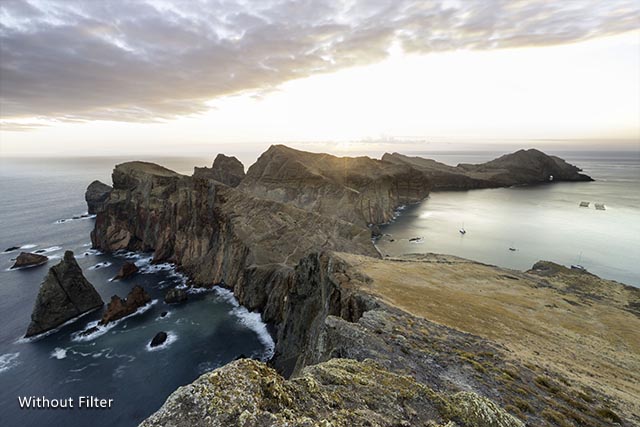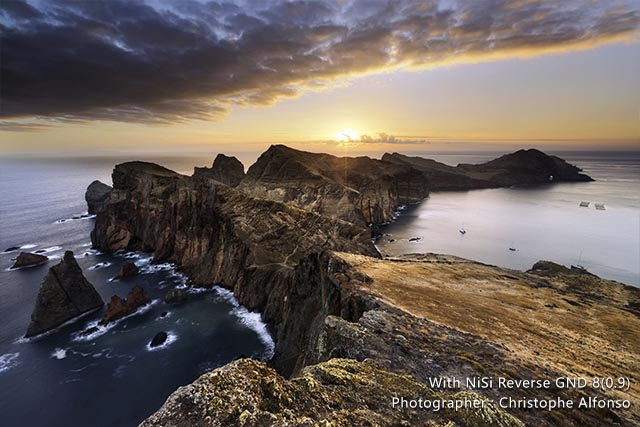
NANO COATING
WATERPROOF
OIL RESISTANCE
NANO COATING IR GND FILTERS
IDEAL GRADUATED
Cameras cannot expose the details of extremely low light and dark scenes at the same time. Graduated Neutral Density Filters are typically distinguished by the type of transition that exists between the transparent and dark areas of the filter. For this reason, we can identify four families of GNDs.
IDEAL
GRADUATED
HIGH
DEFINITION
LOW
REFLECTION
NANO
COATING
HIGH
DEFINITION
LOW
REFLECTION
IDEAL
GRADUATED
NANO
COATING
darken specific areas of an image, such as bright skies, while
allowing for a normal, unaffected exposure in the other
regions of the image. It is particularly useful for images that
feature buildings, mountains and other small elements that
protrude into the skyline.
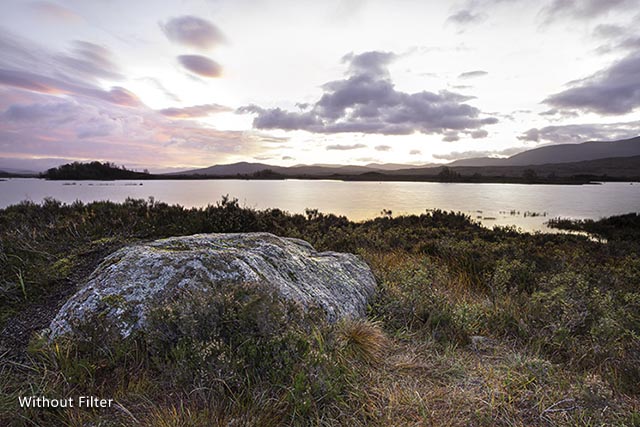
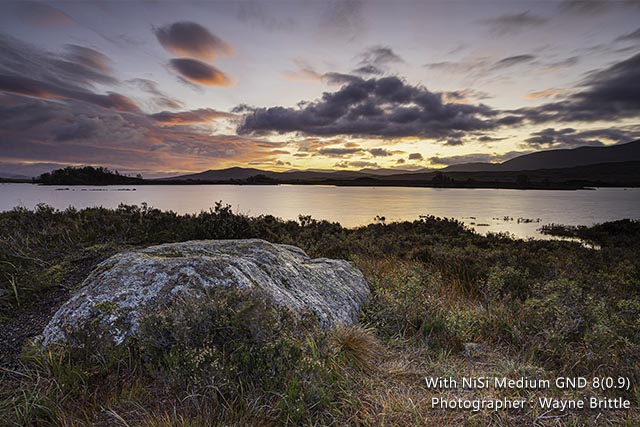
change from light to dark more gradually) and are therefore
used when the transition between light and dark areas is not
so clear. A classic example is a shot in a mountainous area.
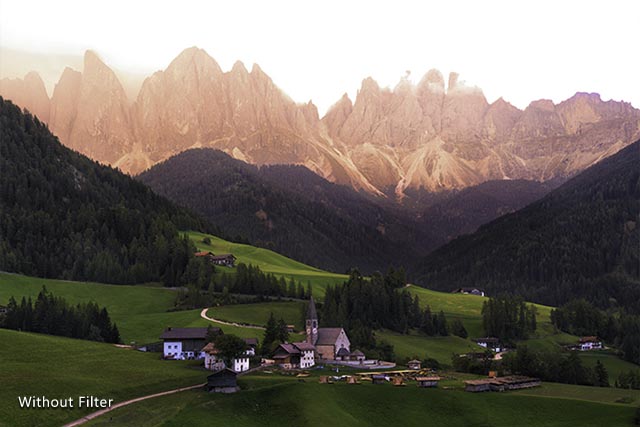
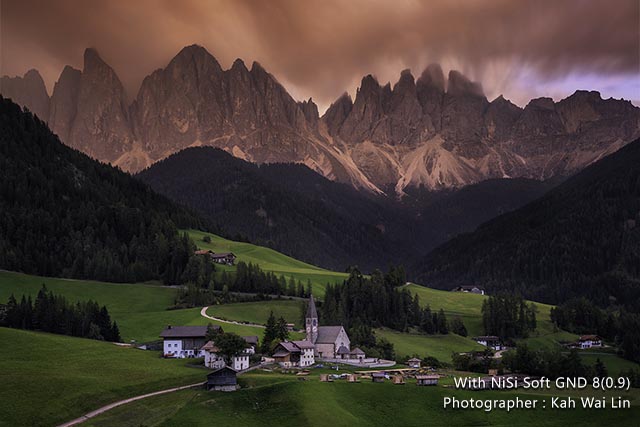
(it’s obvious where one begins and the other ends) between
the transparent and dark areas. They are therefore used
hen the separation between the bright and dark areas of
your scene is very defined, such as the horizon at sea.
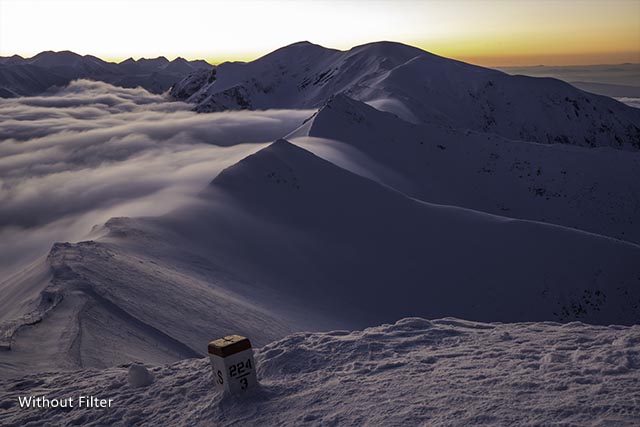
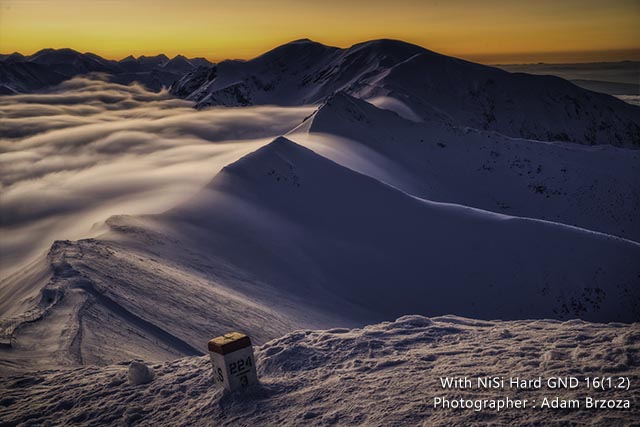
GNDs with the dark area that fades away the more you move
from the line of separation to the upper border of the filter.
Basically, they were invented to better manage sunrises and
sunsets, where the light is more intense on the horizon line
(middle).
